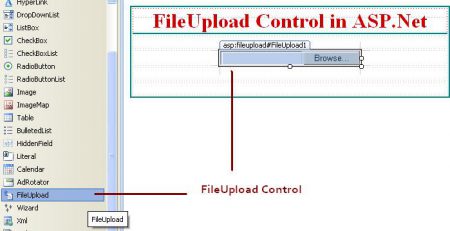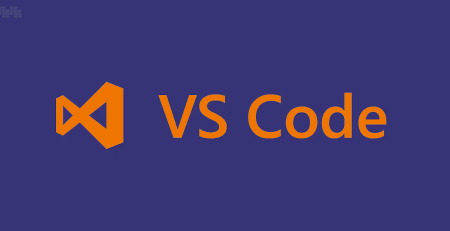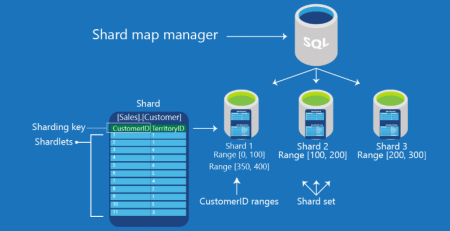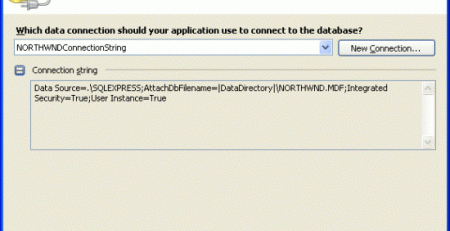C# Keywords Tutorial Part 92: ushort
C# is a powerful programming language that offers a wide range of data types for developers to use in their applications. One of these data types is the “ushort” keyword, which stands for “unsigned short integer.” In this blog post, we will explore what “ushort” is, how it differs from other data types, and provide some code examples to demonstrate its use.
What is ushort?
A 16-bit unsigned integer data type called “ushort” in C#. This indicates that it can store a value in the range of 0 to 65,535. Due to the keyword’s “unsigned” nature, it can only carry positive values and cannot be used to represent negative integers. In contrast to the “int” keyword, which is a 32-bit integer, the “short” element of the term denotes a smaller data type.
How is it different from other data types?
The size of the data type is the primary distinction between the integer data types “ushort” and “int” and “long,” among others. Compared to bigger data types, “ushort” uses less memory since it is a 16-bit data type. When memory is at a premium, such as in embedded systems or mobile apps, this might be helpful.
The fact that “ushort” can only carry positive numbers sets it apart from other data types. As a result, it can’t be used to represent negative integers or values that are too huge to fit inside a 16-bit integer’s range.
Code Examples
Here are some code examples to demonstrate how “ushort” can be used in C#:
ushort a = 500; ushort b = 1000; ushort c = (ushort)(a + b); Console.WriteLine(c);
Here, we define three variables of type “ushort.” Next, we give the variables “a” and “b,” respectively, the values 500 and 1000. Next, we combine “a” and “b,” assigning the result to “c.” Since “c” is also a “ushort,” the result of the addition must be converted to a “ushort” before being assigned to “c.” Finally, we report “c”‘s value, which is 1500, to the console using the “Console.WriteLine” function.
ushort x = 65535; ushort y = (ushort)(x + 1); Console.WriteLine(y);
Here, we define two variables of the type “ushort.” To “x,” we give the “ushort”‘s maximum value, which is 65,535. Then, we make an effort to multiply “x” by 1 and apply the result to “y.” The value of “y” will be 0 since 65,536 is too big to fit inside the range of a “ushort.” This illustrates the drawbacks of using “ushort” for values that could fall outside of its acceptable range.













Leave a Reply